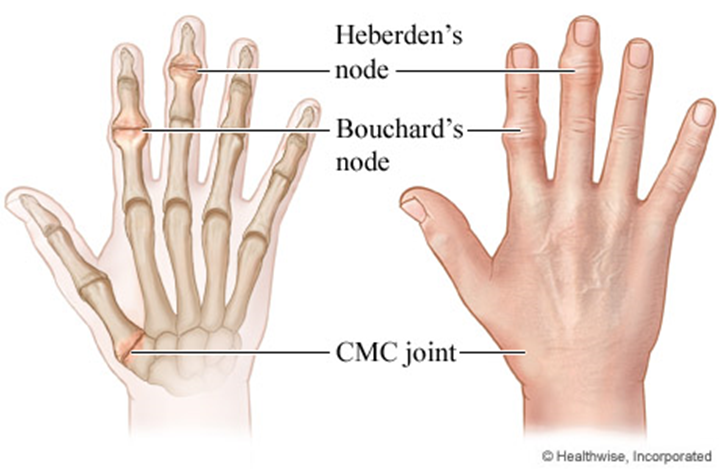Four days following an abdominal aortic aneurysm repair, the client is exhibiting edema of both lower extremities, and pedal pulses are not palpable. Which action should the nurse implement first?
Elevate extremities on pillows.
Evaluate edema for pitting.
Wrap the feet with warmed blankets.
Assess pulses with a vascular Doppler
The Correct Answer is D
A. Elevate extremities on pillows:
While elevation can be beneficial for reducing dependent edema, the priority is to assess the pulses first to determine the adequacy of peripheral perfusion.
B. Evaluate edema for pitting:
Assessing edema for pitting is important for gathering additional information, but it is not the initial action in this scenario. Assessing pulses is more critical to evaluate perfusion.
C. Wrap the feet with warmed blankets:
Warming the feet with blankets may be appropriate in some situations, but it is not the priority when the client is exhibiting edema and non-palpable pedal pulses. The primary concern is assessing perfusion.
D. Assess pulses with a vascular Doppler:
This is the correct action. The non-palpable pedal pulses are concerning and require immediate assessment to determine the status of peripheral perfusion. Using a vascular Doppler will help the nurse assess the presence or absence of blood flow in the lower extremities.
Nursing Test Bank
Naxlex Comprehensive Predictor Exams
Related Questions
Correct Answer is B
Explanation
A. Return appointments will be needed for IV medication:
This statement does not address the specific concern related to pain management in Raynaud's disease, and routine IV medication may not be the primary approach for pain relief in this condition.
B. Wearing gloves when handling cold items guards against painful spasms:
This is the correct answer. Raynaud's disease is characterized by vasospasm of small arteries, often triggered by exposure to cold or stress. Wearing gloves helps to minimize exposure to cold and can prevent painful spasms associated with Raynaud's.
C. Enrolling in a pain clinic can provide pain relief alternatives:
While pain clinics can offer various pain management strategies, the specific recommendation for Raynaud's disease involves minimizing exposure to cold and stress rather than enrolling in a pain clinic.
D. Painful areas should be rubbed gently until the pain subsides:
Rubbing painful areas may not be recommended, as it can potentially aggravate vasospasm in individuals with Raynaud's disease. The emphasis is on preventing triggers like cold exposure.
Correct Answer is A
Explanation
A. Discuss approaches to chronic pain control with the client:
This is the correct answer. Heberden's nodes are bony enlargements that can occur in osteoarthritis, particularly in the joints of the fingers. These nodes can be associated with pain. Discussing approaches to chronic pain control with the client is an appropriate nursing intervention to address the client's pain and improve quality of life.
B. Review the client's dietary intake of high-protein foods:
Dietary intake of high-protein foods is not directly related to the management of Heberden's nodes in degenerative joint disease. Pain control and joint protection measures are more relevant.
C. Notify the healthcare provider of the finding immediately:
While it's important to communicate significant findings to the healthcare provider, the presence of Heberden's nodes in degenerative joint disease may not require immediate notification unless there are other concerning symptoms or complications.
D. Assess the client's radial pulses and capillary refill time:
Assessing radial pulses and capillary refill time is not directly related to managing Heberden's nodes in degenerative joint disease. These nodes are primarily a result of joint changes in osteoarthritis.

Whether you are a student looking to ace your exams or a practicing nurse seeking to enhance your expertise , our nursing education contents will empower you with the confidence and competence to make a difference in the lives of patients and become a respected leader in the healthcare field.
Visit Naxlex, invest in your future and unlock endless possibilities with our unparalleled nursing education contents today
Report Wrong Answer on the Current Question
Do you disagree with the answer? If yes, what is your expected answer? Explain.
Kindly be descriptive with the issue you are facing.
